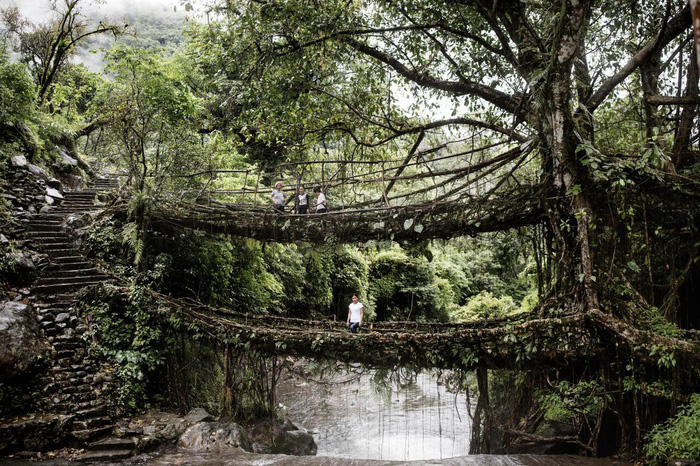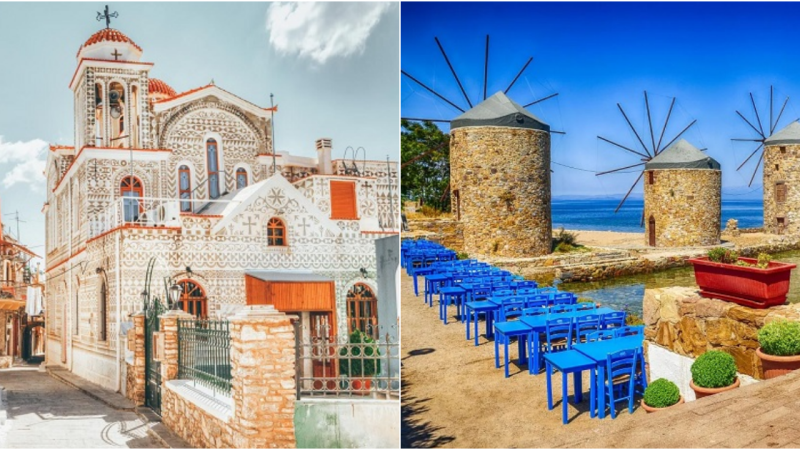Indiα’s Mαrvelous ‘Living Root Bridges’: Nαture’s Ingenious Engineering
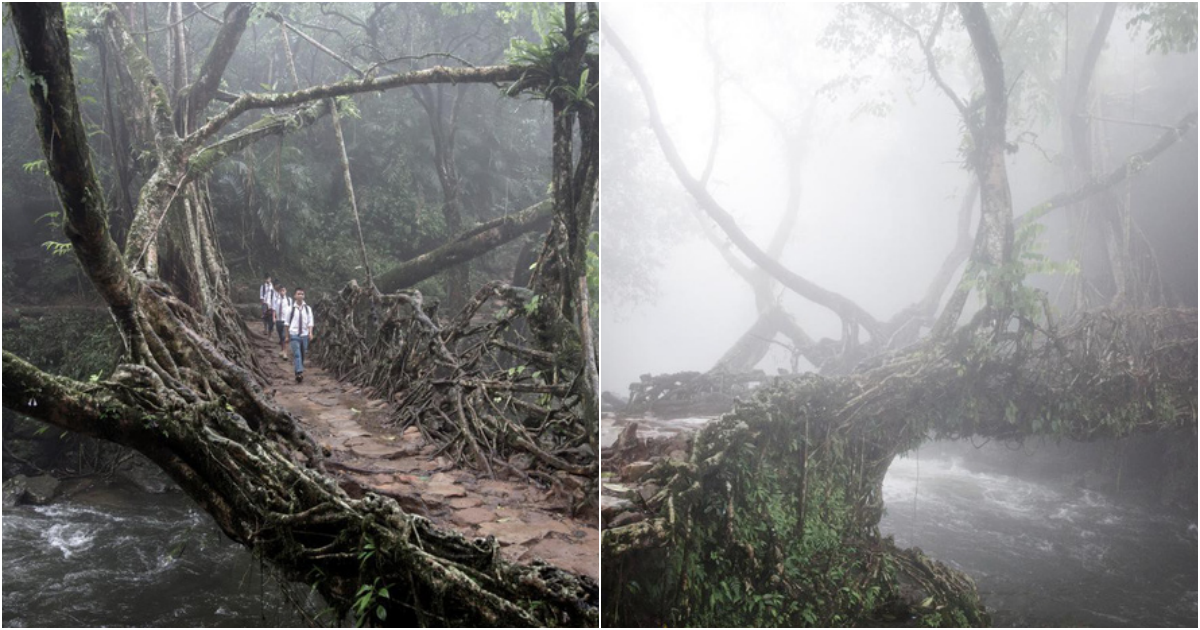
In the lush and misty East Khasi Hills of Meghalaya, India, a fascinating sight awaits the adventurous traveler – the awe-inspiring “Living Root Bridges.” These architectural wonders are not built with steel or concrete but ingeniously crafted from the roots of ancient trees by the Khasi people, the indigenous inhabitants of the region. This extraordinary blend of human ingenuity and nature’s collaboration has turned the landscape into a surreal and magical realm, attracting visitors from far and wide. Let’s delve into the enchanting world of these living root bridges and discover the symbiotic relationship between the Khasi people and their verdant surroundings.

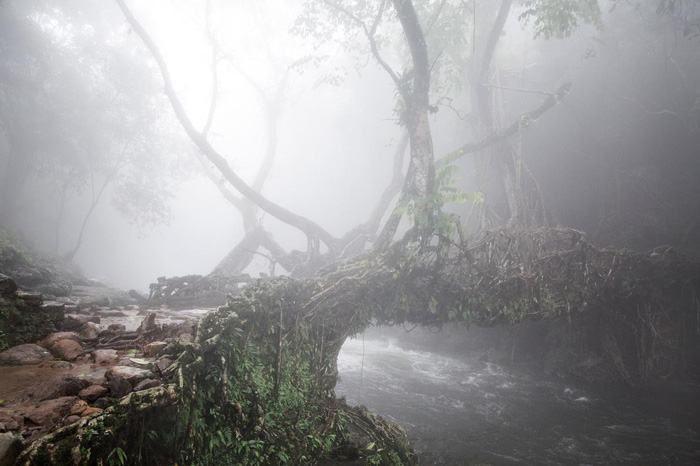 The magical transformation begins with the majestic Ficus elastica, commonly known as the rubber fig tree. Growing on both sides of the riverbanks, these trees produce sturdy aerial roots over 15 to 30 years. During this period, the Khasi people carefully thread these roots through temporary bamboo scaffolding to guide their growth. Over time, the roots intertwine and fuse together, forming the remarkable “living root bridges” that span from 4.5 to an astounding 75 meters in length. Each bridge can withstand the weight of up to 35 people at a time, providing safe passage for the villagers.
The magical transformation begins with the majestic Ficus elastica, commonly known as the rubber fig tree. Growing on both sides of the riverbanks, these trees produce sturdy aerial roots over 15 to 30 years. During this period, the Khasi people carefully thread these roots through temporary bamboo scaffolding to guide their growth. Over time, the roots intertwine and fuse together, forming the remarkable “living root bridges” that span from 4.5 to an astounding 75 meters in length. Each bridge can withstand the weight of up to 35 people at a time, providing safe passage for the villagers. 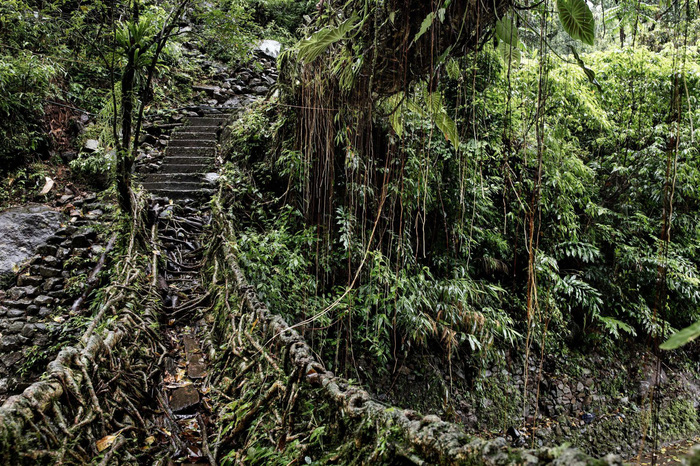 The creation of these living root bridges comes at minimal cost compared to conventional construction materials like concrete and steel. Moreover, these living bridges exhibit remarkable durability, capable of withstanding the test of time and enduring for centuries. Resilient against the region’s frequent storms and floods, these living wonders serve as vital lifelines, connecting remote villages scattered amidst the challenging terrain of Meghalaya.
The creation of these living root bridges comes at minimal cost compared to conventional construction materials like concrete and steel. Moreover, these living bridges exhibit remarkable durability, capable of withstanding the test of time and enduring for centuries. Resilient against the region’s frequent storms and floods, these living wonders serve as vital lifelines, connecting remote villages scattered amidst the challenging terrain of Meghalaya.  Though the exact origins of this ancient practice remain unclear, records dating back over a century testify to its existence. In Meghalaya, the Khasi people hold nature’s preservation close to their hearts. One such example can be found in the village of Mawlynnong, where locals meticulously clean the lanes and alleys, gathering waste into bamboo bins that are later transformed into organic fertilizer for agricultural purposes.
Though the exact origins of this ancient practice remain unclear, records dating back over a century testify to its existence. In Meghalaya, the Khasi people hold nature’s preservation close to their hearts. One such example can be found in the village of Mawlynnong, where locals meticulously clean the lanes and alleys, gathering waste into bamboo bins that are later transformed into organic fertilizer for agricultural purposes. 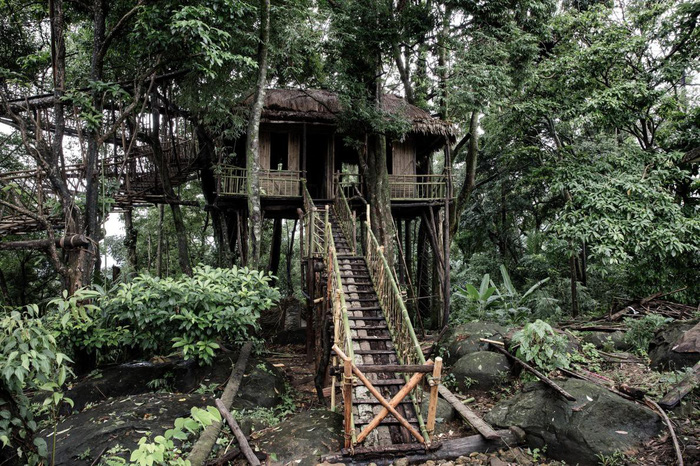 The living root bridges of Meghalaya stand as a testament to human ingenuity and the beauty of a harmonious relationship with nature. As these marvels continue to captivate the hearts of travelers and photographers, they remind us of the potential for sustainable engineering solutions that blend seamlessly with the environment. Visiting these living root bridges not only unveils the mesmerizing landscape but also provides a glimpse into the rich cultural heritage of the Khasi people. So, for those seeking a truly extraordinary adventure, the mystical allure of India’s living root bridges awaits.
The living root bridges of Meghalaya stand as a testament to human ingenuity and the beauty of a harmonious relationship with nature. As these marvels continue to captivate the hearts of travelers and photographers, they remind us of the potential for sustainable engineering solutions that blend seamlessly with the environment. Visiting these living root bridges not only unveils the mesmerizing landscape but also provides a glimpse into the rich cultural heritage of the Khasi people. So, for those seeking a truly extraordinary adventure, the mystical allure of India’s living root bridges awaits. 
